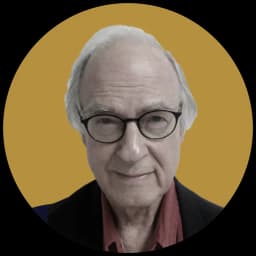North Korea Testing Biden as Well as Intercontinental Missiles
The North Korean threat is clearly an everyday reality to American forces in the region.

SEOUL — North Korea’s test-firing today of a missile — the 10th this year — was carried out in the face of Yankee warplanes taking off from an aircraft carrier in the Yellow Sea in a show of force intended as a warning against the North’s evident plan to test intercontinental ballistic missiles capable of carrying a warhead to the American mainland.
That the North’s latest missile launch exploded about 20 kilometers up in the air, less than a minute after liftoff, is not being taken here in Free Korea as a significant setback in the program. In the development of strategic weapons, this kind of periodic failure is inevitable.
A login link has been sent to
Enter your email to read this article.
Get 2 free articles when you subscribe.

